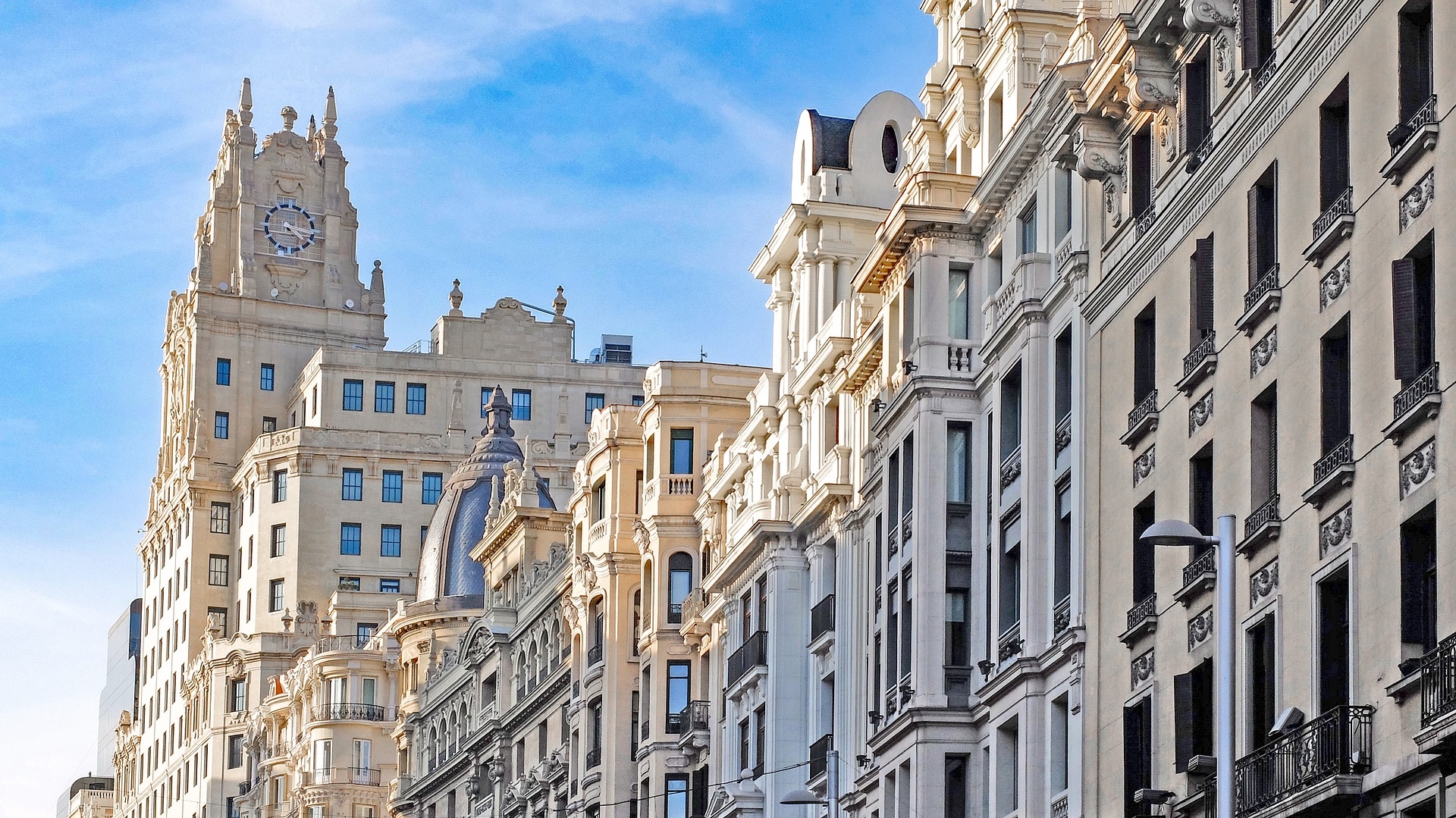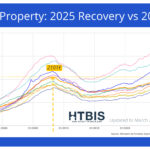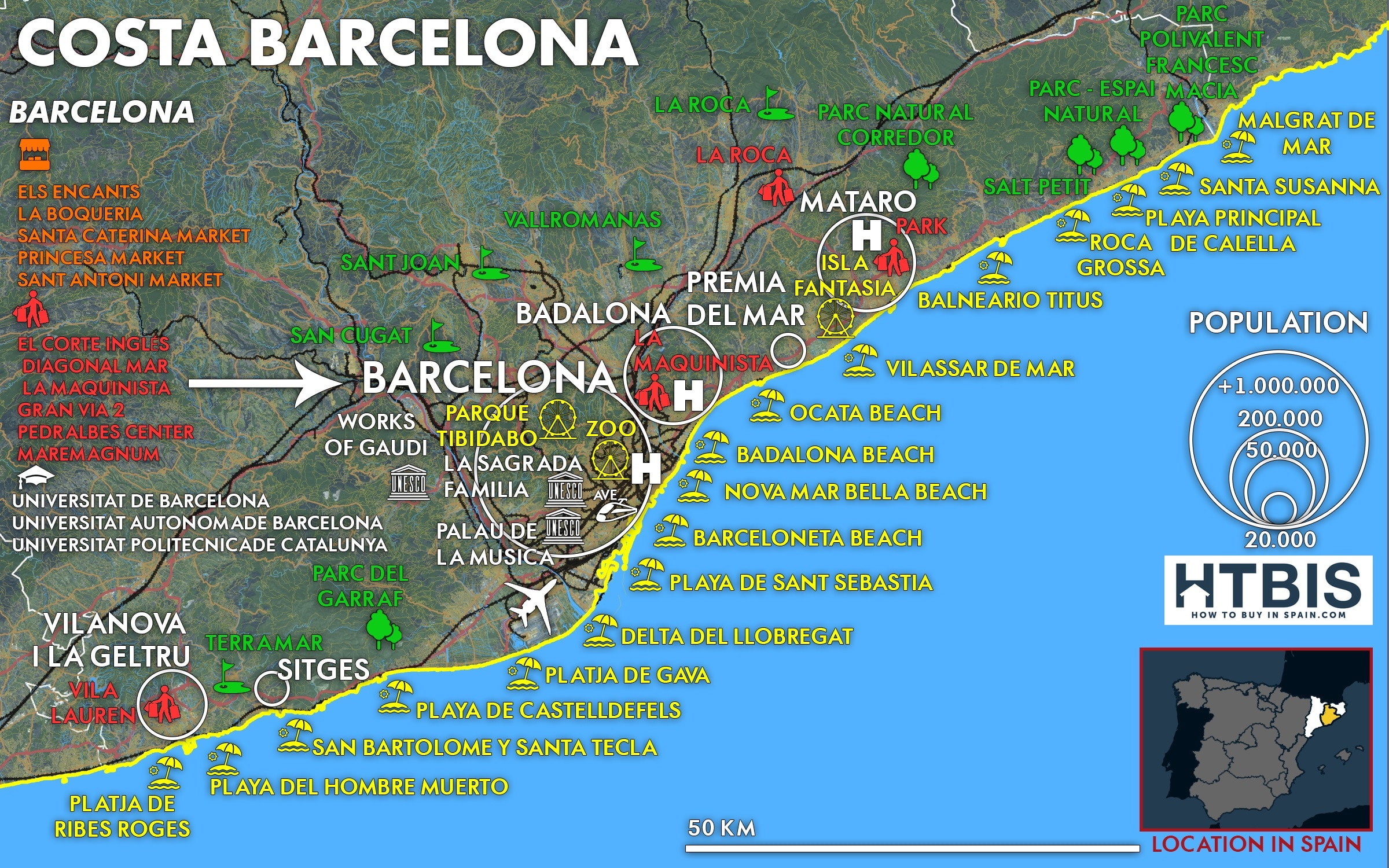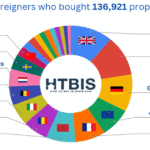 Reading time 3 minutes. Use our table of content for a quick read.
Reading time 3 minutes. Use our table of content for a quick read.
Last Updated on 18/07/2023 by STEPHANE
Translate this page:
Madrid, the capital of Spain, is the third biggest city in Europe behind London and Berlin.
The capital of Spain is one of the cultural centres of the country with its museums like the Reina Sofía, its theatres like the Teatro Real or the majestic Palacio Real Madrid. Even though it might not have the sea like Malaga or Alicante, neither it had a genius architect that changed the shape of the city as Gaudí did for Barcelona. Its location, right in the centre of the Iberian Peninsula, makes any corner of the country available with less than 7 hours drive.
Why would you buy a property in Madrid?
Its mix of Continental and Mediterranean climate makes the weather in Madrid more tempered than most of the other European capitals. In an interview with the Spanish newspaper “El Boletín”, the commercial director of Lucas Fox International Properties in Spain, Rod Jamieson, said “everyone loves Madrid, its weather and architecture together with its gastronomy, its theatres… foreign investors are discovering Madrid, and now, when people talk about Spain, they don’t only think of Barcelona, they also think about the capital and its charming atmosphere”.
These reasons have attracted property buyers from all over the world to Madrid. Among them are people from the USA, Western Europe and the United Arab Emirates. Most buyers from the US are Spanish speakers, who already have houses in Miami and are looking for those in Europe. They choose Madrid because people there also speak Spanish.
Another factor could be the cost of living in Madrid, which is way lower than in many capital in the world, while at the same time salary are strong.

Who are the buyers? British, French, German, Russian
The Brexit has also caused a boom in the real estate market, and more British people are buying houses in the capital of Spain nowadays. Joaquín Guisado Vélez, a real estate expert of Navacasa, points out that:
“right now British buyers represent the 20% of the market. French, German, Russian and Italian follow behind. Also there has been an increase of Chinese buyers compared to 2011.”
Foreigners are active on the market as you compare price evolutions of Spain vs other international markets. Check it on our trend section: the property prices in Spain are still much lower than the prices paid 10 years ago!
Have a look at our 10 Year ranking of Spain vs all other European markets as of September 2016:
What about the Business districts?
As the capital of the country and the third biggest city in Europe behind London and Berlin, Madrid has three well-marked business districts: Centro, Chamartín and Nuevos Ministerios. Most of these offices have been there for a long time, so they don’t have a direct effect on the residential real estate market.
There are new office buildings blooming in the suburbs of the capital. Because of them some of these areas are developing their facilities and public transportation. There is also an increase in the apartment prices.

How much does a property in Madrid cost?
The square meter price in Madrid is around 2.600€, and it is expected to grow 5% this year. But, of course, Madrid is a big city, with more than 3 million people, and price depends on the location, it could be less or more expensive. Let’s have a closer look at it:
- The centre of the city is more expensive than the suburbs, with a price at around 3.500€ per square meter.
- Salamanca, Chamberí and Chamartín have an average price of 4.000€ per square meter.
- Other non-centrical districts like La Latina, Villa de Vallecas and Carabanchel are among the cheapest districts, with prices around 2.000€ per square meter.
Check the real estate prices of Madrid vs Spain
As you surely read it in our news published in January, for the first time since 2007, Real Estate returns are back in positive territory: the expected return end 2016 was 8,4% according to the Central bank of Spain.

Where will you find some of the nicest neighbourhoods?
Salamanca, Centro, Chamberí and Chamartín are the most centrical districts. You will find all the facilities to enjoy an easy life: some of the best museums and theatres, hospitals, schools, restaurants and bars, supermarkets, etc. These centrical districts also have the best options for transportation and they are not far from train station Atocha. From here it is easy to get to every corner of Spain! It is the centre of the high-speed railway system “AVE”, you can get to Sevilla or Barcelona in only three hours! Read more on that in our article: 25 years of fast train in Spain.
The district of Retiro is still a good choice for those looking for a place close to the centre. It’s laid-back life makes it a perfect place for those, who want to be near to all the facilities that the centre offers and at the same time to live in a quieter neighbourhood. The park of Retiro is the most popular green area of Madrid.
For those looking for tranquillity and willing to live not far from greenery, Moncloa and the Northeast area of the city are the perfect districts. Public transports bring you to the centre of the capital.
If you want to invest in the Spanish real estate market in Spain, don’t hesitate to read our special report with the 10+ reasons why you should have a look at the Spanish property market.
Do you want to check the yearly weather statistics in Madrid before buying? Check our Infographic.
Have a look at our ePostcards before planning your next holidays in Spain.
Get your insights right to your mailbox? Register for our newsletter: https://howtobuyinspain.com/en/newsletter/
Looking for an expert in Spain? Ask us directly!







